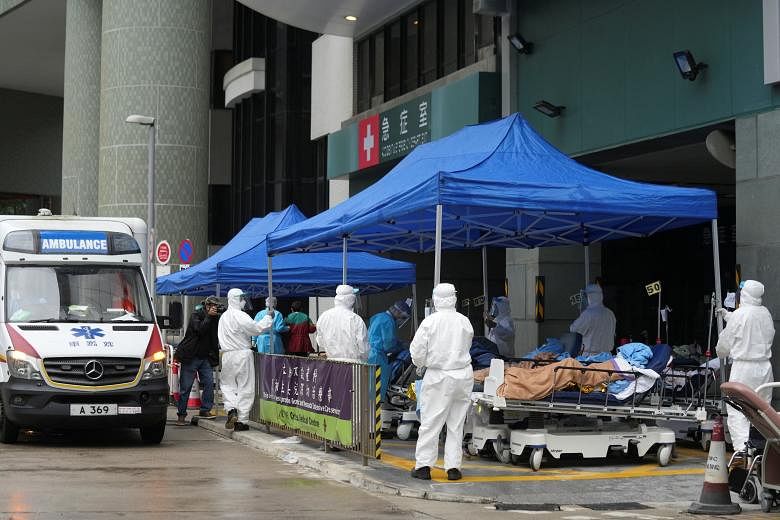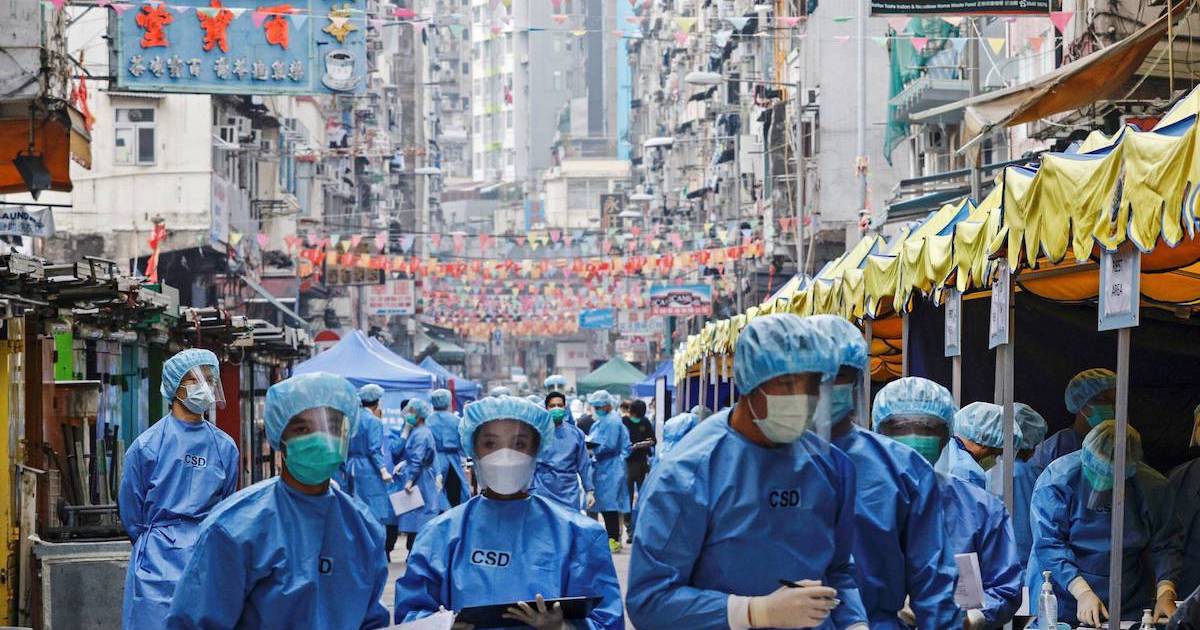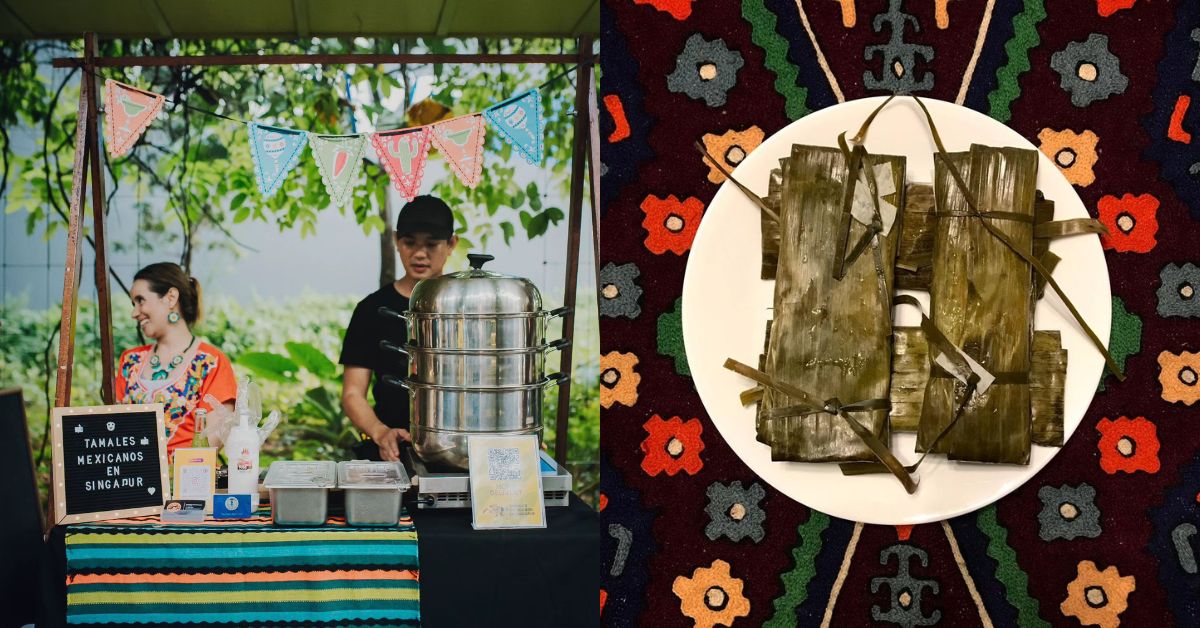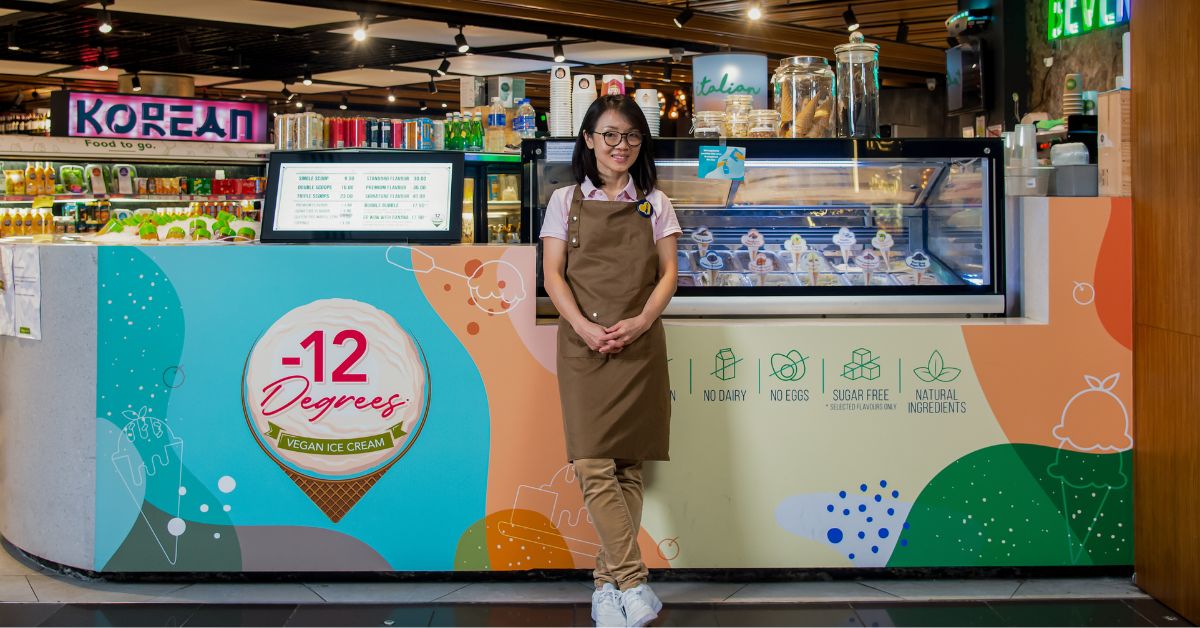(Figures in the article have been updated for 31.03.2021)
Just a few months ago, many Singaporeans were upset about the outbreak of Covid-19 which followed the easing of restrictions in August.
The fiercest critics pointed to examples of countries/places which had, reportedly, handled the virus much better — like Taiwan, New Zealand, Australia or Hong Kong — that many in Singapore like to compare their city with.
Now we know it was far too early to tell what the right course of action really was.
I remember cautioning naysayers that all of those who chose to pursue a Covid-zero strategy of strict isolation will, at one point, have to face the virus just as Singapore had. Their case and fatality figures will not remain low forever, particularly when they are ill-prepared to face it.
Since then, Australia has jumped over Singapore in reported deaths per one million inhabitants and now Hong Kong has surged even higher with a catastrophic outbreak taking place in the city as we speak — seeing as hospitals are unable to cope with the surge and thousands of patients are waiting for treatment outdoors:

Next to follow appears to be New Zealand, which is recording tens of thousands of new cases each day.
Whether fatalities follow the trend remains to be seen in the coming weeks. As of now, the remote archipelago with a population of just five million — occupying vastly larger space than tightly packed Singapore — is recording more cases, averaging over 22,000 daily in recent weeks (for comparison, Singapore has only topped 18,000 in daily averages over a rolling seven-day period).

Turns out that even having lots of space at, quite literally, the end of the world, with other countries thousands of miles away, and employing strict sanitary measures is not enough to stop Covid-19 from getting in.
The last holdout — besides extremely controlled mainland China — is Taiwan (other countries recording low figures typically represent the third world, where statistics may not be reliable and are not indicative of the success of their response but rather lack of information, combined with younger populations, less prone to death of Covid-19).

What’s interesting is that, out of the locations in this comparison, Singapore has recorded the highest number of cases over the duration of the pandemic, with quite a few during the much deadlier Delta outbreak.
Yet, its fatality figures remain comparatively low, though the figures for Hong Kong and New Zealand are bound to continue increasing rapidly for the time being. This is likely due to a much more successful vaccination campaign.

However, the really shocking comparison is the average of deaths recorded over a seven-day rolling period, which shows the magnitude of the crisis in Hong Kong. Even during its worst period in October and November 2021, Singapore recorded on average 2+ deaths per one million people, or around 10 to 12 in total, every day.
In Hong Kong, that average is over 30 now, which means that in a city of eight million people, over 200 Hongkongers are dying every day now:

Why is Hong Kong doing so poorly?
Advocates of Covid-zero strategy pointed to how successful the Chinese city was at keeping the virus out. Unfortunately, this success seems to have lulled the public into a sense of complacency about it, what led to considerable vaccine hesitancy, particularly among the most vulnerable elderly.

Only 70 per cent of Hongkongers received two doses of the vaccine (versus 87 per cent of Singaporeans), but they may have already stopped protecting them by now. With such a low booster coverage, most of the people are vulnerable to Omicron.
Even today, only 26 per cent of the population received their booster shots, compared to 65 per cent in Singapore.


Another problem is the relative popularity of Sinovac vaccine over the mRNA type provided by Pfizer-BioNTech.
Among the people receiving their boosters in Hong Kong, 61 per cent opted for the Chinese vaccine, whose efficacy against Omicron may be as low as just 36 per cent after three doses, compared to Pfizer’s 89 per cent.
Unfortunately, Hong Kong authorities refuse to provide a breakdown of hospital patients and fatalities among the vaccinated by vaccine brand.
In other words, Hong Kong is suffering due to a confluence of factors:
- Vaccine hesitancy – particularly among the elderly (in January, a little over 20 per cent of residents over 80 received their first dose).
- Very low booster coverage even among the vaccinated.
- Likely lower efficacy of the Chinese vaccines in wide use.
In the end, keeping the virus out should never have been a way of dealing with it, but rather buying yourself time to prepare for the inevitable encounter. This is what Singapore has done.
Slow and steady wins the race
The city-state has embraced a cool-headed, though often strict, approach of containing the virus, having effectively locked the borders in March 2020 and only gradually reopening travel lanes based on bilateral agreements with a few selected countries — closing them immediately whenever a higher risk was recorded.
In the meantime, it used the isolation to embark on the fastest and widest vaccination campaign in Asia, targeting the most vulnerable elderly residents first.
By the time it decided to ease some of the restrictions, reopen retail stores and restaurants, and allow for slightly larger gatherings, over 90 per cent of the eligible population had been vaccinated, mostly with the best mRNA vaccines provided by Pfizer and Moderna.
The subsequent outbreak — which was widely lamented then but seems tiny in comparison to what’s happening in Hong Kong right now — was, as I explained in my article then, the pandemic of the unvaccinated, who had 11 times higher risk of dying.
Singapore avoided the fate of Hong Kong due to both its persistence in vaccinating all residents as well as higher trust in public authorities, which reduced vaccine hesitancy and saw all eligible individuals get their jabs in a timely manner.
The city-state enforced strong restrictions for as long as it had to, to ensure that as many as possible get the jab, and then decided to live with Covid-19.
It may have seemed premature at the time, but we can really only appreciate these achievements today, seeing that without proper preparation, even the seemingly milder Omicron is a deadly threat.
At the same time, it should also serve as a reminder that we’re not out of the woods yet. So if you haven’t gotten your booster yet, please don’t hesitate any longer.
Shop and support the best homegrown brands on VP Label now:
Featured Image Credit: Reuters








